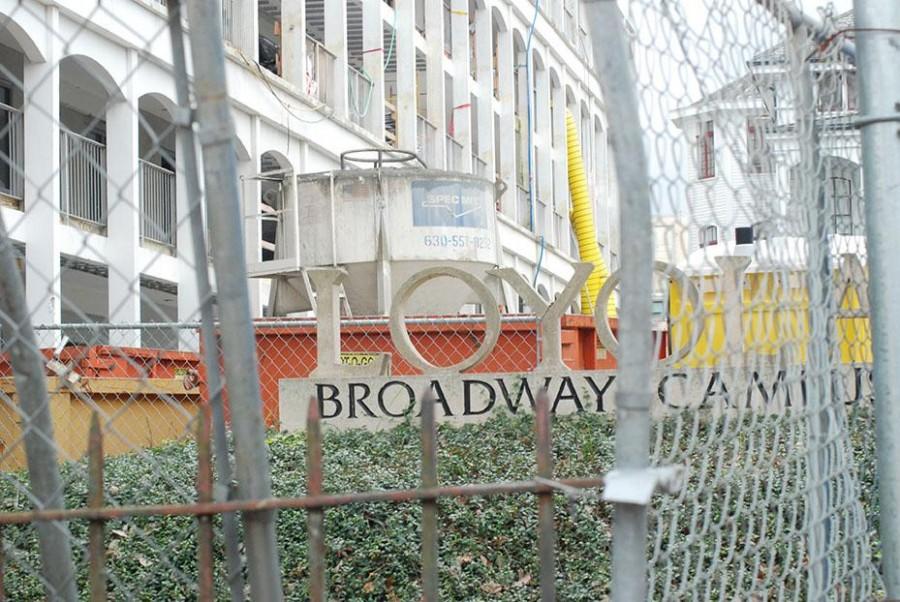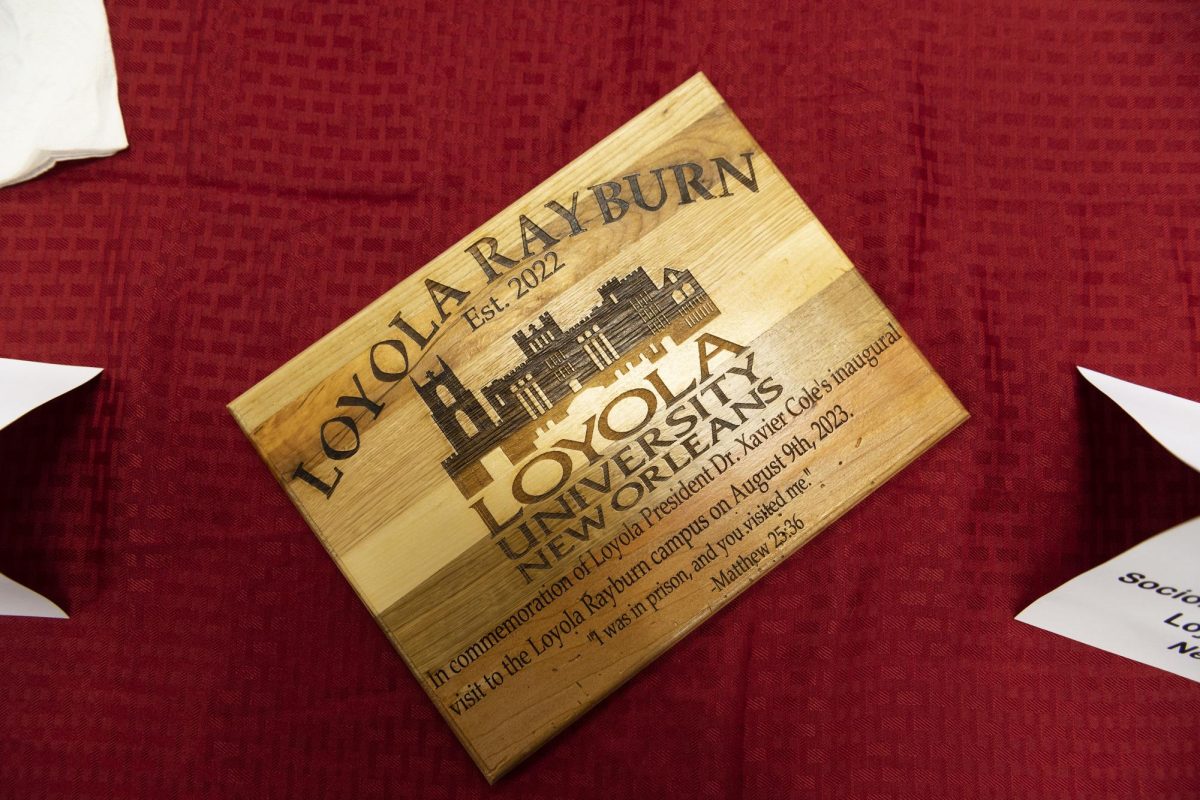On St. Charles Avenue and Broadway Street, there are few times when passersby don’t hear the banging of hammers against metal rods.
Loyola’s Cabra Hall is almost halfway through the renovation process that has left the residential hall closed for the 2012-13 academic year.
What many might not know about the extensive renovations on the facility is that Cabra Hall is seeking Leadership in Energy and Environmental Design certification, also known as LEED, like many other universities across the nation.
Erik Ring, author of “Green Dorms: Lessons Learned from Commissioning LEED Certified Campus Housing,” reports that 17 percent of the $80 billion spent by US colleges between 2000 and 2004 was for building and renovating student housing. He says he believes many colleges that are renovating are now looking at
eco-friendlier options.
Tulane University was highlighted in the GreenYour blog for an outstanding job making their dorm rooms as energy efficient as possible using the Energy Star Dorm Room Showcase – a web page that gives students tips on environmentally friendly products to buy for their dorms.
“The university has made a commitment that future buildings on campus will meet LEED standards for sustainable construction,” Director of Residential Life Craig Beebe said.
LEED certification is awarded to buildings that score high enough in six categories that demonstrate environmental stewardship and social responsibility, according to the US Green Building Council. The main categories encourage strategies that have minimal impact on ecosystems, smarter use of water, better energy performance, reduction of material waste and quality indoor air.
One particular upgrade in Cabra Hall that Residential Life is excited about is the new heating, ventilation and air-conditioning, or HVAC, system, which will replace the old individual heating
and cooling units.
HVAC systems are sustainable
air-conditioning systems found in large residential, commercial and industrial buildings. According to Thomas Raymond, director of Construction and Safety, the new HVAC system has a dehumidification unit and individual fan coil units in each room that allow residents to control the temperature in their rooms.
“The new system ties this building into the Broadway Central Plant, maximizing efficiency,” Raymond said
Raymond said the new technologies being installed will produce maximum output with minimum input, allowing them to last longer.
Other renovations include higher efficiency showerheads and toilets, new lighting and new hard surfaces for the floor and counters to ensure easier maintenance and longevity, according to Beebe.
In the long run, Mike Trolle, a national expert on eco-friendly building and renovations, believes sustainable renovations will cause lower operating costs, reduced maintenance and greater durability.
But for right now, the budget for renovations stands around $10 million, according to Raymond. Although the upfront price tag
might seem hefty, he believes long-range savings will pay for the additional costs of sustainable upgrades many times over in durability.
Psychology junior Carly Cannon lived in Cabra Hall during the 2011-12 academic year and said she hated the living conditions. “I actually disliked it so much, I never really stayed in my room. I always slept at friends’ houses to avoid the situation,” Cannon said.
Cabra Hall impacted her decision to move off campus for this academic school year. Despite the building’s plan to seek LEED certification, she would never consider moving back.
In Aug. 2013, if all goes according to plan, Cabra Hall will reopen as a LEED certified building, adding itself to the list of college residential halls nationwide who are setting out to make an environmental difference.
Dawnchae Jiles can be reached at [email protected]





